The world spotlight shines on the Oklahoma River in Oklahoma City as it's now the first permanently lit river race course in the world. Top-rated canoe/kayak athletes and rowing teams have moved across the country to Oklahoma City to train at this unique venue.
The recently completed project to light the river was the first of eight projects under the city's 10-year construction program, called MAPS 3, which is designed to improve the quality of life in Oklahoma City.
Garver worked with the city's MAPS Department and coordinated with the Oklahoma Boathouse Foundation to design and install lighting for the equivalent surface area of nearly nine football fields along the Oklahoma River. Twelve poles, with a combined 346 lights, made up the construction of stadium-style lighting for 500m of the Oklahoma River in what is the first of three phases for this lighting project. The light poles vary between 110 feet and 130 feet tall and were installed on steel-encased concrete-drilled shaft foundations of 5 1/2 feet wide by 54 feet deep.
"The river provided several challenges in design and constructability, and Garver was able to provide engineering solutions that were effective as well as affordable to the project budget and schedule," said Brent Ward, senior project manager for MAPS.
In addition to the 1,500W light fixtures on the 12 poles, Garver's design called for fixtures installed on Byer's Bridge for lighting the racelanes and turn-around area under and around the bridge. Underbridge lighting was also designed for under Interstate 35 near the 1,000m start line, but won't be constructed until a future phase.
"The lights are instrumental in attracting the kind of attention this area warrants from athletes in training to active families looking for outdoor recreational activities," said Project Engineer Joe Sober.
Future television broadcasts presented significant design challenges as they require high light levels. Garver worked diligently to determine the best light possible to achieve the end goal within the specified budget. The light levels decrease from 20 foot-candles (fc) horizontal near the 500m mark, to 40 fc, and then to 70 fc at the finish line to give a much more vivid perspective to photo-finishes. To implement a broadcast-friendly design, not only horizontal illumination requirements were established, but also vertical illumination and uniformity requirements. The tight uniformity requirements placed on the lighting installation reduces the stress on a camera's performance during nighttime conditions. Maximum to minimum uniformities of 3:1 or even 2:1 exist in racing lanes. An extensive submittal review process and field testing were required by the contractor to verify the lighting performance met the design.
"Because this is the first project of its kind, light level standards and recommendations did not exist," said Project Manager Bart Gilbreath. "We contacted regional universities, researched NCAA requirements, and even reached out to ESPN — but nothing comparable was found. In the end, we worked with stake-holders to coordinate a mock-up of a light pole to allow the city, MAPS office, Boathouse Foundation, and the Oklahoma Department of Transportation to make comments as to the quality of light, intensity, and light-spill."
"During the mock-up, a professional videographer sampled the light level to provide feedback from a broadcast standpoint, which is how we ultimately identified the levels of lighting needed on the river," said Gilbreath.
ODOT placed restrictions on the contractor's lighting performance to limit the amount of spill-light onto the I-35 bridge surfaces to reduce impact on traffic flow in the area. The same restrictions were used for reducing spill on Byer's Bridge. The Boathouse Foundation also held similar concerns of glare and light-spill with consideration to the river's neighbors. The design called for Musco fixtures to be installed on the project, which addressed these concerns effectively by providing great light-spill and glare control.
The sports lighting fixtures were circuited to allow the fixtures to do more than simply turn on and off—they're built with stepped dimming capabilities, as well. This allows for the user to only turn on one circuit to illuminate the river for 50 percent of the designed level in order to save electricity in training-only situations. The automated wireless control system alternates the circuits required to achieve 50 percent when selected by the user in order to best extend the lives of the fixtures.
"The wireless control was designed to allow the user to not only control the lights from each service point, but also wirelessly from the Devon Finish Line Tower via touch-screen or even from a smartphone, Gilbreath said.
Other MAPS 3 projects to be completed in the next few years include a multi-purpose trail and a new convention center, but for now, in a city that lies far from any oceanic beach, cutting-edge technology is proving useful to shine the spotlight on the middle of the country when it comes to world-class water sports.







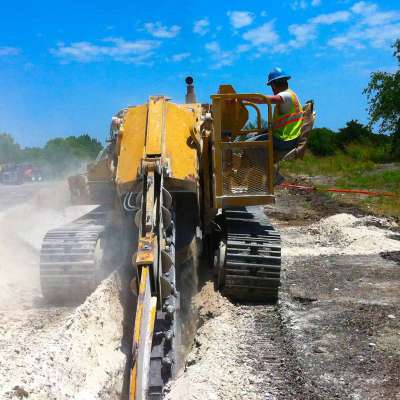
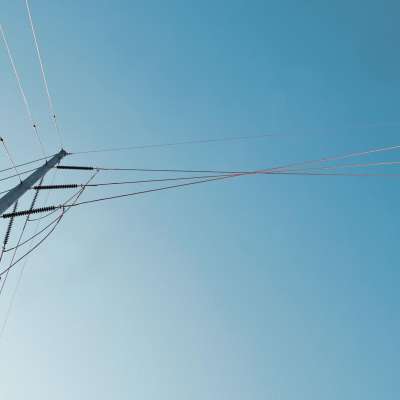
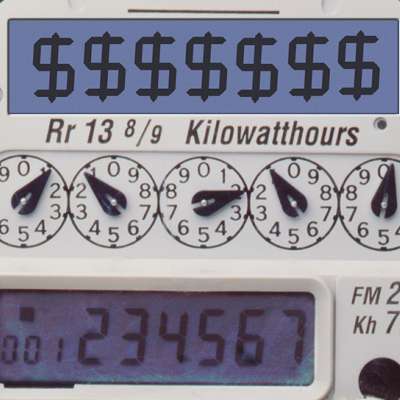
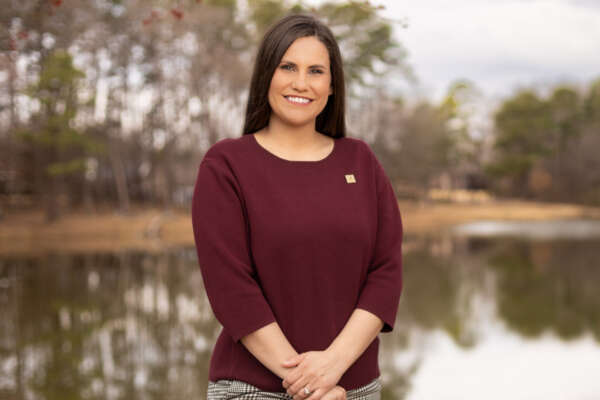


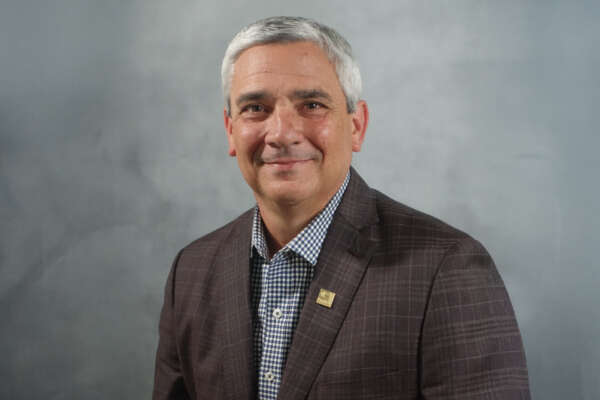

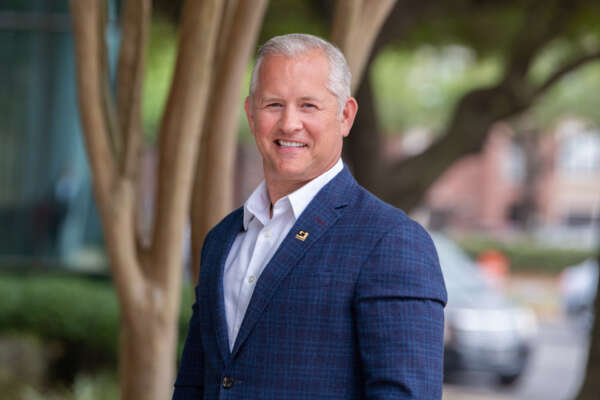


Share this article